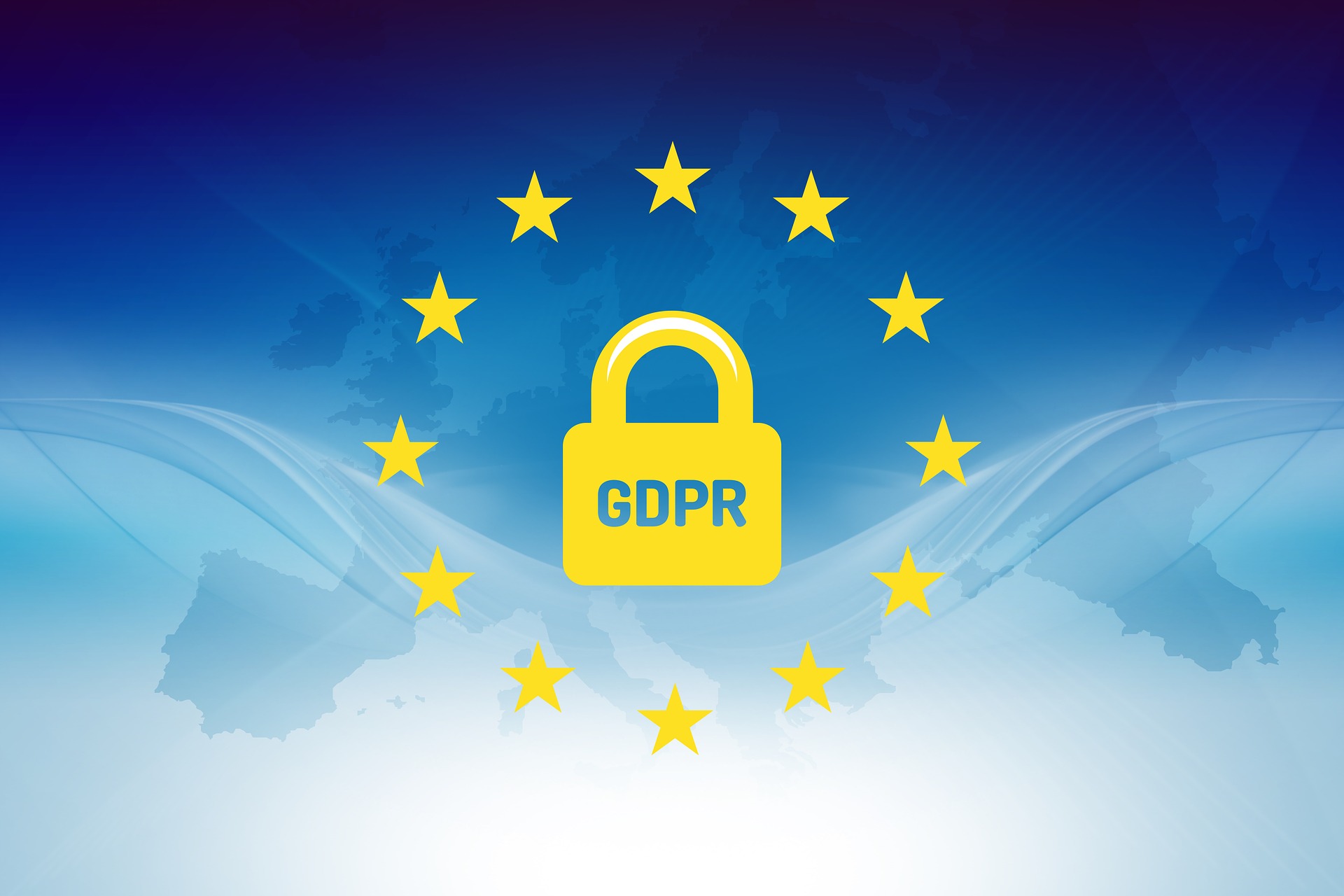Privileged accounts, such as administrator or root accounts, are essential for the operation of any organization, but they also present a significant security risk if not properly managed. In this guide, we will outline best practices for managing privileged accounts in a way that not only enhances security, but also ensures compliance with relevant laws and regulations, including the General Data Protection Regulation (GDPR), the Payment Services Directive 2 (PSD2), and the NIST Cybersecurity Framework.
According to the 2020 Verizon Data Breach Investigations Report, 63% of data breaches involve the use of stolen credentials, making strong password management and access controls essential for preventing cyber attacks. Non-compliance with laws and regulations can result in significant fines and reputational damage for businesses.
Step 1: Establish a process for requesting and granting access to privileged accounts that is compliant with relevant laws and regulations.To ensure that access to privileged accounts is granted only to those who need it and for legitimate purposes, it’s important to establish a clear process that is compliant with relevant laws and regulations, such as GDPR and PSD2. This process should include defined roles and responsibilities, as well as a system for tracking and documenting access requests and approvals.
Step 2: Use a privileged access management (PAM) tool to securely store and manage privileged accounts.A PAM tool, such as a password vault, allows you to securely store and manage privileged accounts in a central location. This not only helps to prevent unauthorized access, but also makes it easier to manage and track access to these accounts, which can be crucial for demonstrating compliance with regulatory requirements.
Step 3: Implement multi-factor authentication (MFA) for privileged accounts to enhance security.MFA adds an extra layer of security by requiring users to provide additional information beyond a username and password to verify their identity. This can include a code sent to a phone or a biometric scan. Implementing MFA for privileged accounts helps to prevent unauthorized access and protect against potential security threats.
Step 4: Regularly review and audit access to privileged accounts to ensure compliance and identify potential security risks.To ensure that privileged accounts are being used appropriately and that access controls are effective, it’s important to regularly review and audit access to these accounts. This can include checking for any unauthorized access, evaluating the strength of passwords, and reviewing access controls to ensure compliance with relevant laws and regulations, such as the NIST Cybe
Step 5: Implement training and awareness programs for employees to promote secure practices.To help prevent accidental or intentional misuse of privileged accounts, it’s important to provide employees with training and awareness programs. This can include educating them on the importance of secure password practices, the risks of sharing passwords, and the consequences of unauthorized access to privileged accounts.
By following these practical steps, organizations can effectively manage privileged accounts in a way that enhances security and ensures compliance with relevant laws and regulations. By taking a proactive approach to privileged account management, organizations can protect themselves and their stakeholders from potential security threats and the risk of fines and reputational damage.
for the full study, make sure to download our white paper below.


